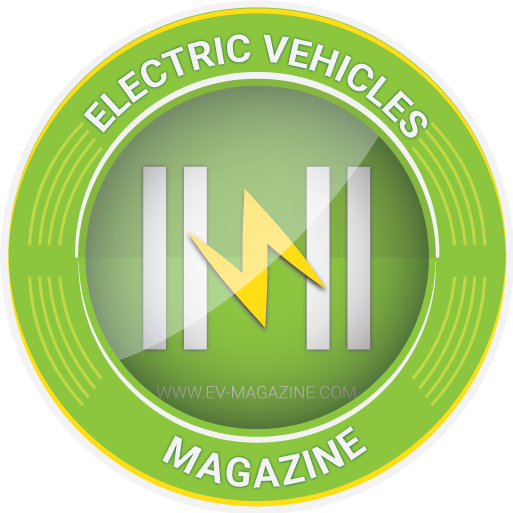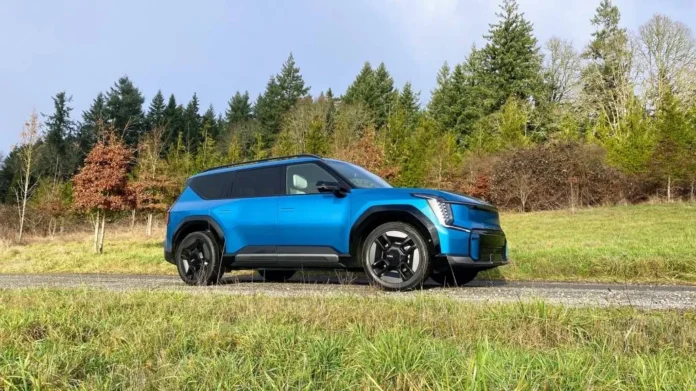Canary Media’s Electrified Life column shares real-world tales, tips, and insights to demystify what individuals can do to shift their homes and lives to clean electric power. Canary thanks EnergySage for its support of the column.
Electrifying your home can be a struggle, especially if local contractors prove resistant.
Three years ago, Carla Walker-Miller found herself in this exact situation. When she told her “boiler guy,” whom she’s worked with for three decades, that she wanted a heat pump, a superefficient heater and air conditioner, he said, “‘Oh, no, no, no — wait five years before you install one in your home,’” Walker-Miller recounts. He didn’t believe the technology was ready for their cold climate in Detroit, even though heat pumps have a proven track record of displacing fossil-fueled heating in places as cold as Maine.
The episode dripped in irony because Walker-Miller, an energy efficiency contractor, is well versed in the advantages of heat pumps and other tech that help consumers reduce their energy bills and fight climate change.
Electrifying a home has the potential for massive impact; switching to a heat pump alone can reduce emissions by more than 2.5 metric tons of CO2, the equivalent of not driving for half a year. And more money than ever is available to electrify our lives. But as Walker-Miller’s interaction shows, home electrification still has a long way to go to become mainstream, both among contractors and the general public.
Walker-Miller has a rare vantage point into how the home energy landscape is changing. She’s the founder and CEO of one of the largest African American– and woman-owned energy efficiency businesses in the country, Walker-Miller Energy Services. The roughly 250-person, Detroit-based company, which operates in Georgia, Illinois, Michigan, Minnesota, Missouri, and Pennsylvania, is an “implementation contractor” hired by local governments, community organizations, and utilities to design and deploy programs to achieve their energy-savings and decarbonization goals.
The 23-year-old certified B Corporation doesn’t install heat pumps itself; rather, among other activities, the firm conducts consumer outreach, workforce training, and home energy audits, which are checkups that give households tailored plans for making their homes more efficient and electric. It then directs them to contractors who can do the work.
I recently caught up with Walker-Miller to find out what she sees as the biggest bottlenecks to widespread home electrification. She articulated the problems facing the transition, as well as the solutions that could help more people, including contractors, get on board with electric appliances like heat pumps — and ultimately bring all homes into the clean energy future. Here are the top three takeaways.
1. Educate consumers about electrification and efficiency
The biggest bottleneck to widespread adoption of climate-friendly home upgrades is awareness, Walker-Miller told me. “A lot of people have never heard of home electrification or home decarbonization. It’s not a topic that … you and your girlfriends talk about.” (Electrified Life readers, you may be the exception.)
To help bridge the energy-knowledge gap and get households to sign up for government and utility programs, Walker-Miller’s company does a Herculean amount of outreach. The firm makes tens of thousands of calls and attends hundreds of events per year. It partners with trusted community-based organizations, and staff speak to people at festivals, fairs, sororities, churches, boat shows, food banks — really, any large community gathering.
That outreach is largely done in marginalized communities. “So much of what we do is introduce Black and Brown people into not just knowledge of clean energy but the benefits of clean energy,” Walker-Miller says.
Walker-Miller’s company makes the case to consumers that electrification and efficiency upgrades can save a household thousands of dollars over the years as well as deliver health benefits. Many households aren’t aware that appliances that burn fossil fuels, especially stoves, pollute indoor air and are linked to more asthma attacks in children, Walker-Miller points out. “How much would you pay for your family to be more healthy?” she says. “How much would you pay for your child not to suffer?”
That message resonates with families, Walker-Miller says. “We have to, in this country and in this world, get past looking just at dollars for the return on investment.”
Growing consumer awareness of home electrification’s advantages will spur more contractors to take it seriously, Walker-Miller says. “Contractors are going to respond to the demand. So the more people who are interested, the more contractors are going to make sure they can install this technology.”
2. Coordinate funding for pre-efficiency and -electrification repairs
Homes that would benefit most from electrification and efficiency upgrades are often the most in need of pre-efficiency repairs, according to Walker-Miller.

Source link by Canary Media
Author Alison F. Takemura
#ways #speed #home #efficiency #electrification #upgrades






